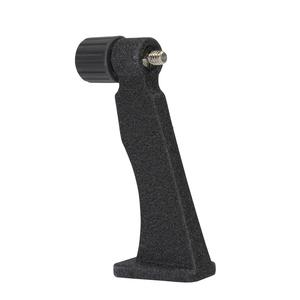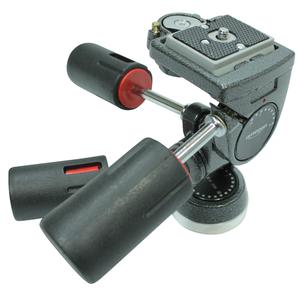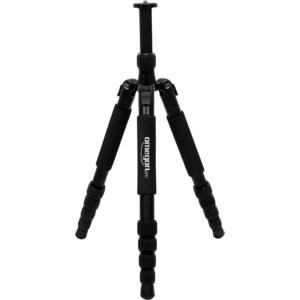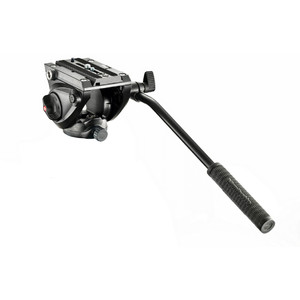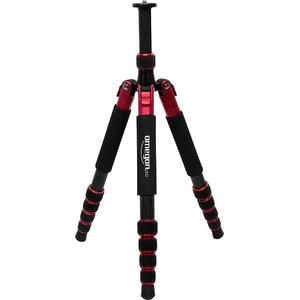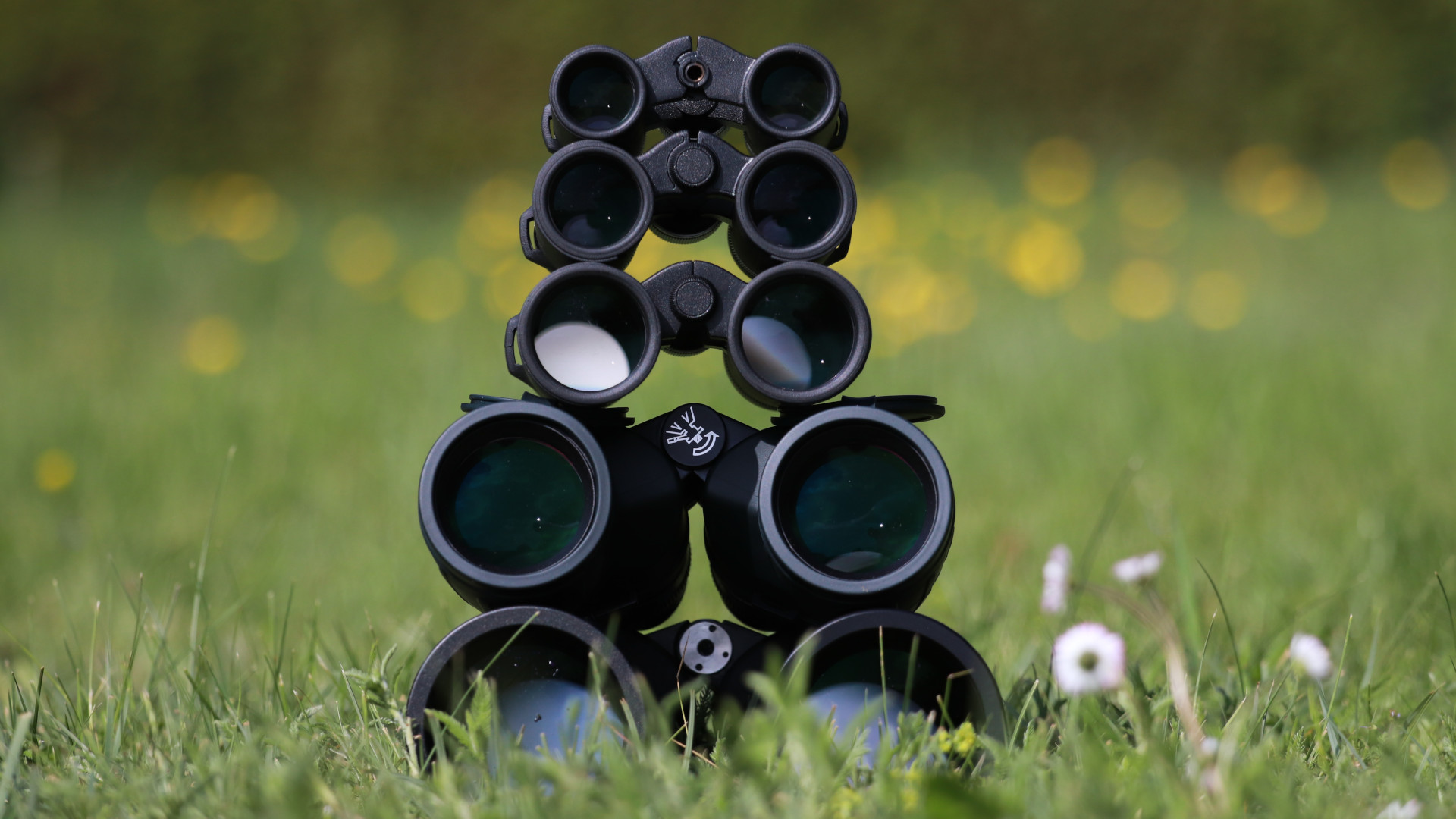Binoculars
Astronomy, bird watching, nature studies, hunting and sailing: binoculars are used almost everywhere. Here we answer the most important questions you may have.
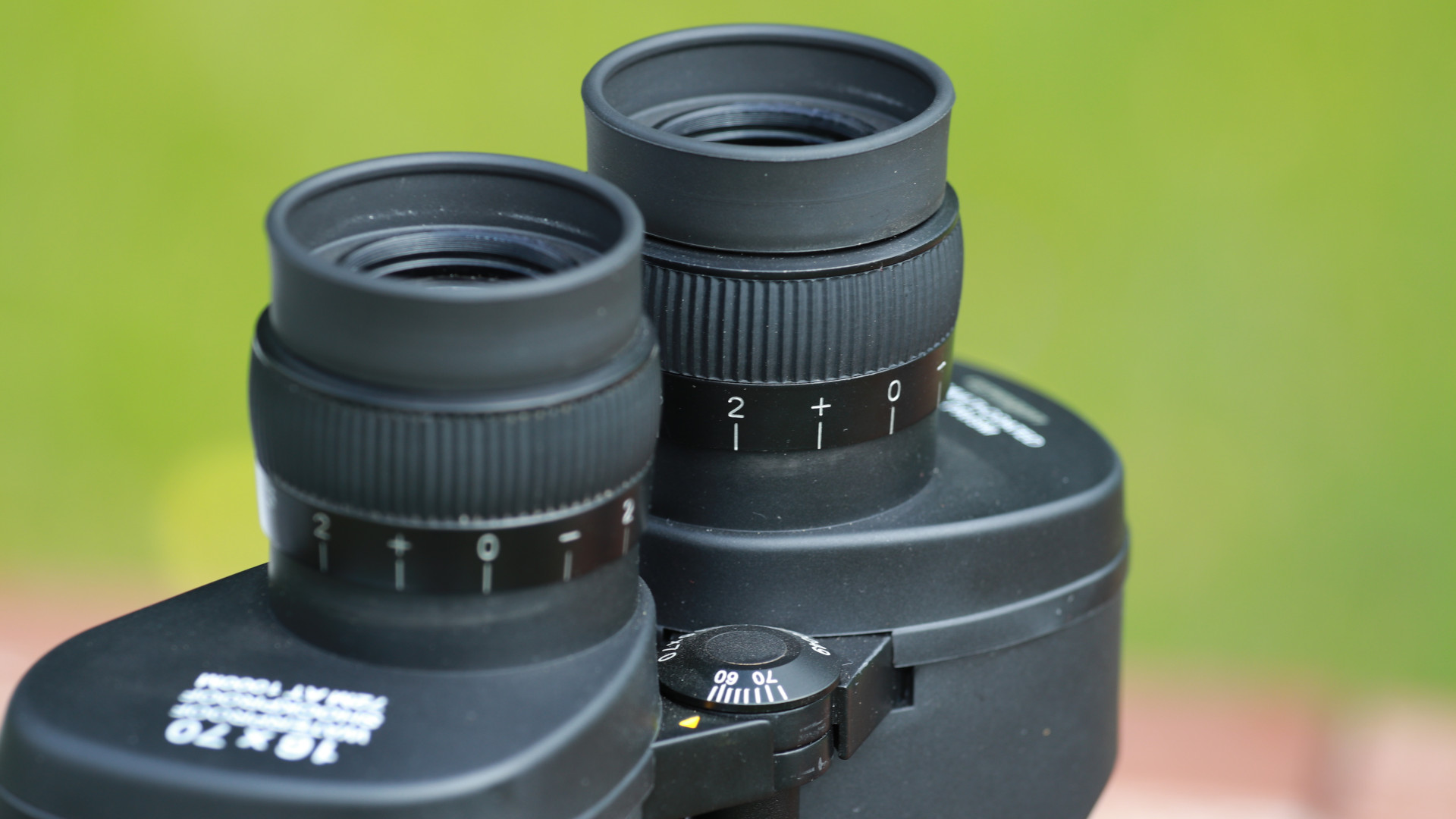
Why do I need binoculars at all?
A pair of binoculars is the perfect instrument for visually bringing distant objects closer by enlarging them so that the observer can better make out details. The range of possible uses is as diverse as the objects themselves and, above all, as diverse as the interests of the observer. Examples of some classic applications are astronomy, bird watching, nature and animal watching (e.g. on safari), hunting and sailing. But the possible applications are almost limitless; they are perfect for travelling, hiking (especially in the mountains), at sports events (e.g. in the stadium), at concerts, the theatre or opera, and for many other everyday uses.
Binoculars' optical properties
10x50? What is that?
This type of abbreviation can be found for any binoculars that you can buy from us. It specifies the magnification and the size (aperture) of the binoculars’ objective lens. The first number represents the magnification, in this case therefore it is a magnification of 10x. The second number represents the size of the objective lens, which is always expressed in millimetres. A 10x42 binoculars therefore has a 42 mm objective lens.
How big should the field of view be for a pair of binoculars, and there are big differences between them?
With binoculars, a large field of view is always an advantage. With a combination of the visual image from both eyes, the human eye has a field of view of 180°. This is of course not achievable with a pair of binoculars. Nevertheless, an attempt is made to obtain the widest possible field of view.
Magnification and the eyepieces are decisive factors with binoculars. The smaller the magnification, the greater will be the field of view. Furthermore, wide angle eyepieces are produced with special eyepiece designs, which provide a wide field of view even at higher levels of magnification.
But here we must pay close attention, because some low-cost manufacturers offer binoculars with a large field of view, but where the image sharpness drops away in the last third. Good binoculars have a usable, sharp field of view right to the edge.
Field of view at 1,000 m
In the technical data the field of view is always given for one thousand meters, e.g. 56 m/1,000 m. This means that from a distance of one thousand metres, the field of view is 56 metres wide. This information is sometimes also specified in degrees. With these conversion formulas, you can calculate the information yourself. The factor 17.5 means the visual field in meters with a field of view of 1°.
Field of view at 1,000 m = degrees (true) x 17.5
Degrees (true) = field of view at 1,000 m / 17.5
What is the difference between Porro prism and roof prism binoculars?
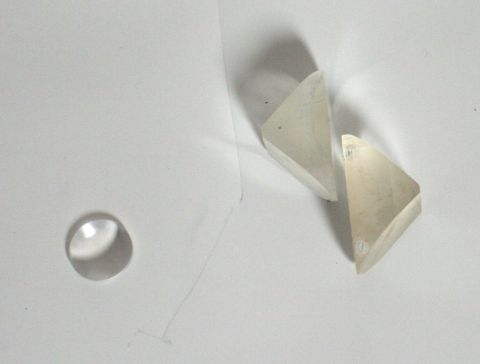
The difference between Porro prism and roof prism binoculars is primarily the different prism systems used in order to correct the inverted image produced. These are, as the name indicates, Porro prisms or roof prisms. To put it simply, the light path in Porro prisms has a rectangular shape, whereas the light in roof prisms follows a triangular path in the shape of a house roof.
Meanwhile, roof prism binoculars are somewhat more popular than Porro binoculars. The appearance of the binoculars is quite different. The objective lenses in Porro binoculars are further apart than the eyepieces. The roof prism systems are more compact and more slender.
The reason for this is the different prism designs. Porro prisms have a relatively bulky form. The advantage of Porro prism binoculars is that you get a three-dimensional image impression. Porro binoculars have an external focus wheel, whereas roof prism binoculars have a internal focus worm. This focus mechanism is often preferred over that of the Porro binoculars, because it is often more stable and better protected against moisture.
Generally, it is difficult to say which binoculars are most suitable. Of the two construction types, there are good and not so good binoculars. However, it is considerably more complex to manufacture good roof prism binoculars, therefore you should keep a particularly watchful eye in the low-price segment and seek advice.
Are binoculars with image stabilization worthwhile?
Binoculars with image stabilization are always worthwhile if you intend to use them with higher magnification, but don’t want to mount them on a tripod. Such binoculars are also worthwhile for people who do not have a steady hand.
The smallest trembling movements are compensated for by electronic sensors. Even binoculars with 15x magnification can be kept absolutely still. The image appears visually very sharp, because any image shake has been eliminated.
What does phase coating mean?
Some high-quality binoculars carry the designation "phase-coated". This refers to a special coating on the roof prism, which is also referred to as a P-coating. When a beam of light meets the roof prism, it is reflected several times in the shape of a roof edge.
In addition, the reflection divides the beam into two segments. This procedure causes a shift of the phases of the light waves. The waves of the rays of light are not equal, but displaced.
This would minimize the resolution and contrast. To prevent this, special coatings are applied which correct this phenomenon.
Which binoculars are suitable for spectacle wearers?
If you want to look through binoculars with spectacles, it is important that they are also designed to accommodate this. But this is often not indicated by the manufacturer. Some binoculars are not suitable for observing with spectacles. These would only display a very small and cropped field of view.
It is important that the exit pupil lies further out at around 20 mm distance from the eyepiece, in order to offer the spectacle wearer the best possible view. In addition, the eyecups should not get in the way. With quite a lot of binoculars, you can retract them. They are made of hard plastic.
On the other hand, there are also soft eyecups, which can be folded down. These are really soft on the eye, but can become brittle over time when the plasticisers inside evaporate.
Which eyecups are the best?
Eyecups are an important feature to avoid stray external light. Eyecups can be made of rubber or of hard plastic. The advantage of hard, retractable eyecups is that they are very durable and are often variably adjustable with a locking function.
Rubber eyecups are soft and can be folded down when needed. However, over a longer period of time they can become brittle as the plasticisers within evaporate.
How do I clean my binoculars? How do I keep them clean?
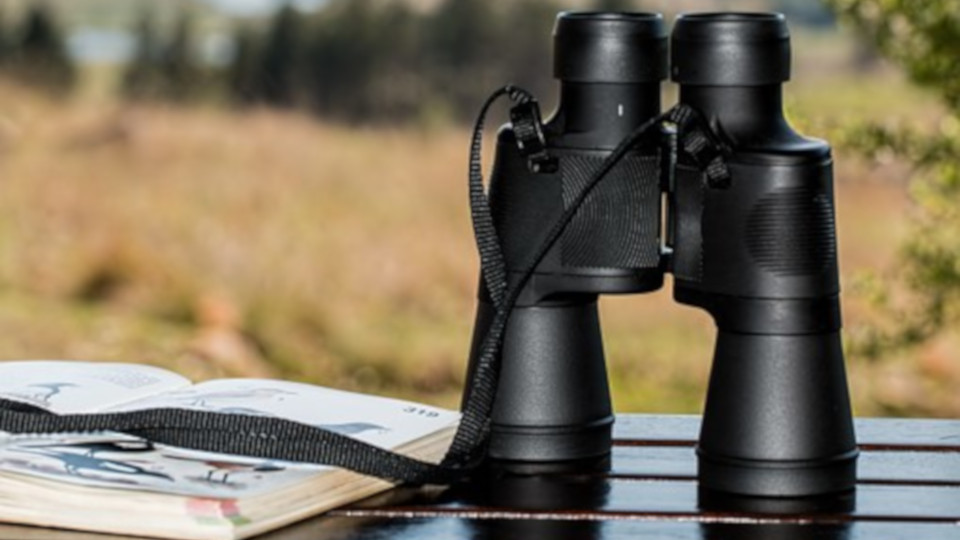
Binoculars are tools that are not exactly intended to be shut in a glass display cabinet and admired, but instead are meant for use outdoors and for looking through. Of course, this inevitably means that the binoculars may get dirty from time to time. The exterior can be simply wiped with a cloth, but you should be careful when cleaning the lenses. There is a sensitive coating on the surface of the lenses which can be wiped away if they are treated too roughly when cleaning. That is why you should be particularly careful here. The golden rule when it comes to cleaning is to do it as infrequently as possible.
It’s not a problem to run over the lenses with a soft cleaning brush to carefully remove dust particles, indeed it’s also not a problem if you do this regularly. It’s a different story when there is more abrasive dirt on the lenses. Then you often cannot avoid more intensive cleaning. To do this, it is best to use a microfibre cloth or other very soft cloth.
Be careful to first ensure that no coarse dust particles are trapped in the cloth. Now carefully wipe over the lenses, preferably using a circular motion. It may be the case that you are not successful with dry cleaning. In this case, we offer a special cleaning fluid, with which you can clean very effectively but gently. The best advice of all is to ensure that you always put the caps back on the lenses after using your binoculars.
Recommended cleaning sets for binoculars
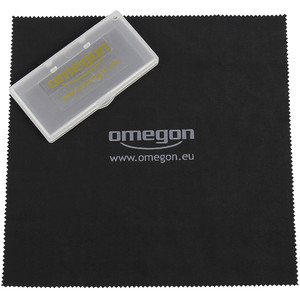

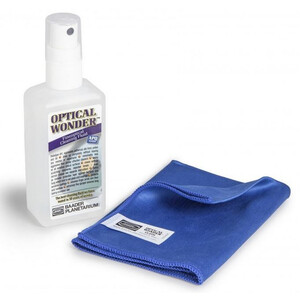
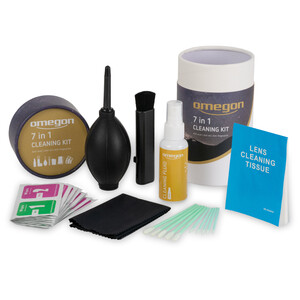
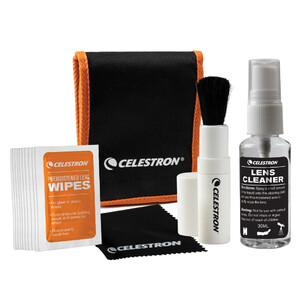
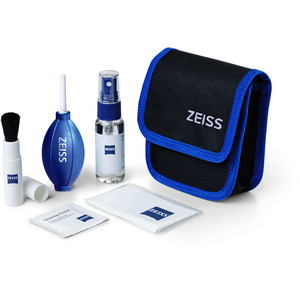
Binoculars quality
What are the top binoculars brands?
Among the very best brands are the manufacturers Leica, ZEISS and Swarovski. These are indisputably the most high-end instruments. After these come other very high-quality brands such as Steiner, Minox and Nikon. In the mid-range you will find Eschenbach, Bushnell and Bresser. However, other brands also have individual binoculars models that have proven to be the best for specific applications.
Is it really worthwhile investing a lot of money in binoculars, or can I also expect to get good quality from cheaper binoculars?
As with many things, if you are prepared to spend more money, you will usually also get better quality. In principle, relatively serviceable quality can be produced at low cost these days. But anyone who does not want to accept big compromises on colour defects, contrast, sharpness, transmission and true-to-life images, will not be able to avoid the more expensive binoculars.
High-quality binoculars require a high investment in optical and mechanical performance to combat all possible image errors. The mechanical focusing should also be of high quality, because if this part of the binoculars has too much play, wobbles backwards and forwards or sticks, then observing will never be much fun.
Even when it comes to eye cups, you should not make any big compromises, because these give you additional comfort. For example, there are fixed, retractable eye cups that offer several locking functions.
How can I test the quality of a pair of binoculars?
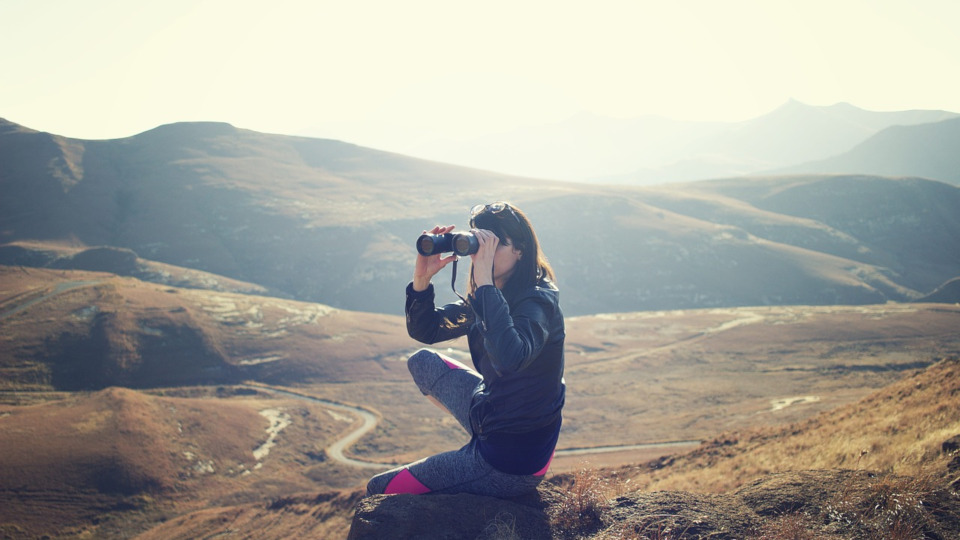
At first glance, the quality of a pair of binoculars is not so easy to determine. When you look at a landscape in fine weather, you probably won’t notice the differences between the many binoculars that are on the market. Besides the optics, you should also consider the focusing mechanism and the optical tube.
First, you should hold the binoculars under a white neon light and check the coating. You can clearly see whether the lenses have a coloured reflection (usually green or purple) or not. If the reflection is white, the binoculars have no coating. If this is the case, valuable light will be lost before it reaches the eye. Just as you checked the lenses, you should also take a look at the eyepieces. Some low-cost binoculars manufacturers have no coating here. In addition to the loss of light, uncoated binoculars also mean high reflection, which is definitely something you want to avoid.
Now, it is best to hold the binoculars at a short distance away from you against a bright surface. You should see two small white discs in the eyepieces; these are the exit pupils. They should be round and not square. If they are square, this is caused by the prisms being unable to reflect all the light. This would be a serious fault, which would lead to an extremely poor image.
You should also try to look through the binoculars towards a back-lit object. With not particularly high quality binoculars, it may well be the case that reflections appear in the field of view, which greatly reduce the image contrast. The inside of the binoculars should be matt black. You should also look out for good colour fidelity. The best way to do this is to point the binoculars at a white wall that is in bright sunshine. Can you see colour fringing? If these become too strong, this may affect the image quality. Therefore, a true-colour optic is always better. Different manufacturers offer binoculars with ED or fluorite lenses, these binoculars are almost free of colour defects. The higher the magnification, the more important this is.
It is a good idea to test binoculars against a night sky, because then you will often identify image errors. Just point them at a bright star, a bright planet, or even at the Moon, so you can make a judgement. Next, simply try to really focus the object in the centre of the field of view and then pan the binoculars so that the object moves to the edge of the field of view. Now you can easily spot possible image errors, e.g. if the star is distorted at the edge. Possible blurring at the edges can also be detected in this way. It is also possible to assess clearly evident field curvature. The larger the objective lens, the more conspicuous is the error.
Are binoculars with higher magnification better?
A common misconception is that the higher the magnification, the better the binoculars. However, this is not true, because the choice of glass material, prisms and coatings, as well as mechanics, are all decisive factors for good binoculars. The choice of magnification should be based on the intended use.
For most observation purposes, 10 or 8 times magnification is perfectly adequate. If you stay within this magnification range, you can easily hold the binoculars in your hands without too much shaking. With higher magnification (from 12 times upwards), this is no longer possible.
The whole image shakes more and therefore also seems less focussed. Here, the only option is to use the binoculars with a tripod. Binoculars are usually available with magnifications of up to 20 times. If you prefer to have high magnification, but do not want to use a tripod, you can also buy binoculars that offer image stabilization. If you prefer even higher magnification, a spotting scope would be ideal.
Spotting scopes usually offer magnifications from 20 to 60 times, which can be adjusted using a zoom lens. A tripod is of course also necessary here. Some spotting scopes even come with a table-top tripod included.
You have a few zoom binoculars among the product range on offer
Isn’t this actually a better option than limiting myself to a fixed magnification. Am I on the right track?
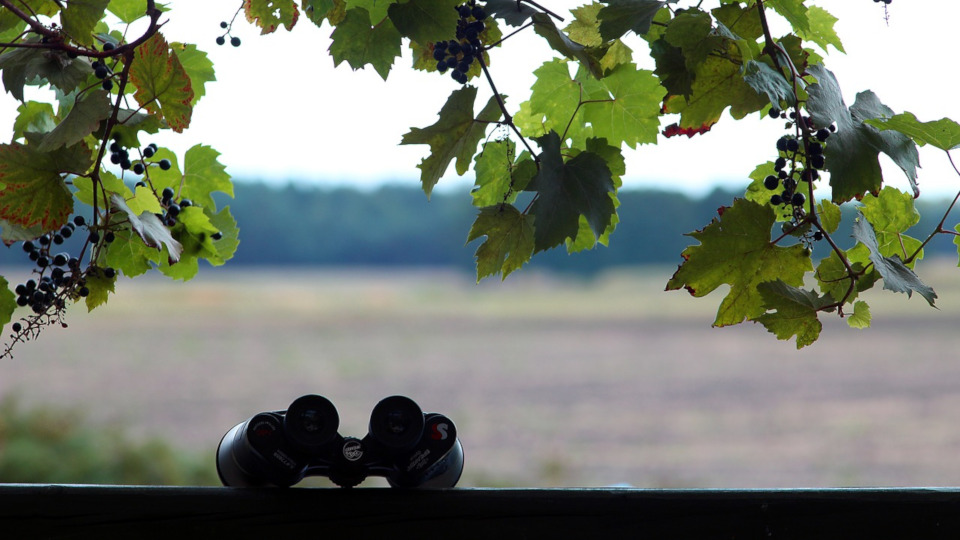
Zoom binoculars are very practical, because they offer the possibility of variably adjusting the magnification. This means that you are prepared for many observation situations. But using such binoculars for observing is always a compromise. The additional lenses that are essential for the zoom function are of a lower quality than binoculars with a fixed focal length. In sunny daytime conditions this is not a problem, but if the conditions are harsher, or during twilight or at night, this is no longer the case.
Most zoom lenses will display a tunnel effect, which is usually particularly strong at low magnification levels. You get the impression that you are looking at the image through a long black tunnel. Only very few binoculars with zoom function do not suffer from this effect.
What is meant by coating?
The term "coating" refers to thin layers which are vapour-deposited onto optical lenses in a high vacuum. The purpose is to minimise reflection on the lenses and thus increase the amount of light that can pass through. Often such a layer consists of magnesium fluorite. The thickness of the layer and the refractive index are critical for reflection reduction. At the same time, interfering light waves should cancel one another out. In most cases, not just one but several layers (up to seven or even more) are applied, so that good reflection reduction is achieved across the entire spectrum. The coating is very easily recognised by its colour, which is usually purple or green. These colours that you can see are also called residual reflection. Make sure that the binoculars are labelled "multi-coated".
What do the letters that follow the characteristic numbers on many binoculars mean?
WP - stands for waterproof
For waterproof binoculars, special water-tight seals are used, and the pores are impregnated using an elaborate process. In addition, the vacuum in the glass is filled with nitrogen, which prevents water penetration. They are particularly suitable for all activities likely to take place in changeable weather conditions, such as mountain climbing or sailing.
B - usually means that they are suitable for spectacle wearers
This means that the binoculars in question have a long eye relief, so that even spectacle wearers can see the entire field of view without distortion.
G, GA or RA - stands for rubber-armed
These binoculars are protected against impact and shock, as well as water splashes, by a rubber coating.
CF - sometimes stands for central focus
But sometimes also for close focus. Central focus means the focusing wheel is in the centre. In the case of Porro prism binoculars, the eyepieces are connected to one another via a bridge, which can be moved forward and backward by turning the focusing wheel, known as centre focusing.
Close focus
Means that the binoculars have a very short close focus, usually between 2 and 4 metres, whereas normal binoculars can only be focused from around 5 metres. If you intend to observe small or close objects such as butterflies or birds, you need a short close focus, since binoculars cannot be focused at distances shorter than the close focus.
W, WF, WW or Wide - means wide angle
This indicates binoculars with a very large field of view.
MC - stands for multi-coated
Since all high-quality binoculars are multi-coated, this is not always explicitly stated in the designation.
UC - stands for ultra-compact
Which indicates very small and lightweight binoculars (mostly made of aluminium or occasionally titanium).
HP - stands for high eye point
These binoculars have a large exit pupil diameter.
IS - stands for image stabilizer
These are binoculars with an image stabilizer, which are particularly popular with ornithologists and nature watchers.
D - means roof prism
What must I absolutely look out for when buying binoculars?

Spectacles wearers should definitely pay attention to eye relief. A long eye relief (about 20 mm) is important for spectacle wearers, because they can then observe the entire field of view without any vignetting at the edges, even when wearing spectacles.
People with mild ametropia should pay attention to eyepiece adjustment. Here it is important to know by how many dioptres the eyepiece can be adjusted to compensate for differences in the visual acuity of each eye, and whether there is a locking mechanism to prevent accidental adjustments.
An important quality characteristic can be checked immediately after purchase: if the binoculars are pointed at a white surface at a distance of about 30 cm, a round, white surface should be visible, which does not become darker toward the edge. In this way, you can ensure that all the light passing through the eyepiece actually reaches your eyes.
Other quality criteria only become apparent after the binoculars have been in use for some time. With poorly finished binoculars, it is often the case that the prisms are not correctly aligned, which leads to headaches when the binoculars are used for long periods of time.
Ghosting is also possible. A defining feature of the quality of binoculars is the coating on the lenses and prisms. Normal optical lenses reflect part of the incident light, resulting in a loss of light and a reduction in contrast. By coating the lenses (i.e. vapour-depositing a reflection-reducing mineral layer), reflection is considerably reduced, and light transmission is increased.
Recommendations
I'm looking for binoculars for water sports.
For water sports, you should choose robust binoculars that not only have good optics, but also a stable mechanical system. Complete rubber armouring is useful to prevent the binoculars from slipping out of your hand. For water sports, it is a particular advantage if the binoculars are waterproof; many offer this up to a water depth of 5 metres. It is also good if the binoculars are filled with nitrogen, so fogging caused by moisture inside the binoculars is avoided.
I'm looking for binoculars that I can take with me when hiking in the mountains.

Lightweight binoculars are usually recommended for mountain hiking. Since you usually have to carry a lot of equipment with you anyway, the binoculars should not add too much extra weight. Therefore, you should take, at most, 10x42 universal binoculars with you. These are not so heavy, generally weighing around 700 grams. This should be light enough to carry. Nevertheless, you have a pair of binoculars, with which you can still observe in twilight.
If you want to have something even more compact, you could try, for example, 10x25 binoculars. These are so compact that they even fit in your pocket and weigh just 300 grams. However, they can only be used during the day, because they are not very bright (exit pupil 2.5 mm). Apart from the information about aperture and magnification, the coatings on the lenses and prisms, and the choice of glass material are very important, because here there are the big differences in quality.
Are there binoculars that are not only suitable for daytime use, or only for the night?
There are so-called universal binoculars, which are pretty good for any light conditions. Universal binoculars are, for example, 10x42 or 8x42. They have a 42-mm aperture and 10 or 8 times magnification. The determining factor is how much light they deliver, that is how much light reaches the eye.
In 8x42mm binoculars, a light beam with a diameter of 5.25 mm enters the eye. Thus, even in twilight, a bright image is obtained since sufficient light can reach the retina. This means that you can observe animals in twilight. These binoculars are also fairly useful at night, though not optimal. When selecting binoculars, the highest possible quality optics are desirable. These can differ depending on the type of glass used, the coatings and the reflection properties of the prisms.
I am looking for binoculars for bird watching.
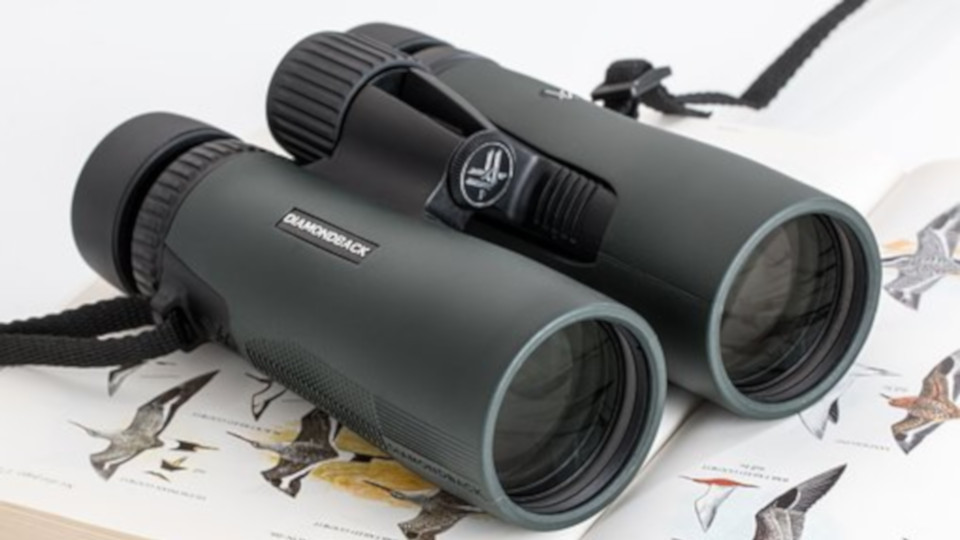
Colour fidelity is a very important criterion for bird watching binoculars, because it is wonderful to be able to see the plumage colours as they truly are. Here we do not recommend the cheapest binoculars, but instead those which have a high-quality coating. If you decide on roof prism binoculars, the prisms should not have simple silver coatings, but should preferably have multiple layers of dielectric coatings. In addition, the prisms should have a P coating. This ensures that there is no phase shift in the light waves passing through the prism.
If you are looking for pocket binoculars, you should also pay attention to the eyepieces, and whether they are also suitable for spectacle wearers. If you take these factors into account, you should find the binoculars that offer the maximum brilliance, contrast and colour fidelity.
I want to mount my binoculars on a tripod.
Most binoculars have an adapter so that they can be attached to a tripod. For this purpose, a cap is usually found at the front of the bridge, which hides a ¼" thread. With a tripod adapter, you can now mount the binoculars onto a tripod.
But here you must think carefully about which one to select. It makes no sense to place heavy 1,000g binoculars on a small and lightweight aluminium tripod. This would excessively overburden the tripod and the binoculars would be subject to a lot of vibration.
The visible effect would be that the binoculars would wobble every time you touch them, and observing anything would be impossible. Tripods are generally made of aluminium, wood, or even carbon. Aluminium is very light and transmits vibration easily. Therefore, the material thickness and the construction must be very stable. Wood suffers less from vibration; the type of wood type most commonly used is ash.
In addition to the thickness of the material, the weight of the tripod is also critical for good stability. For some tripods, the maximum load is stated. If the weight of the binoculars is close to the maximum limit, it is better to go for the next larger tripod.
Recommended products for binoculars
